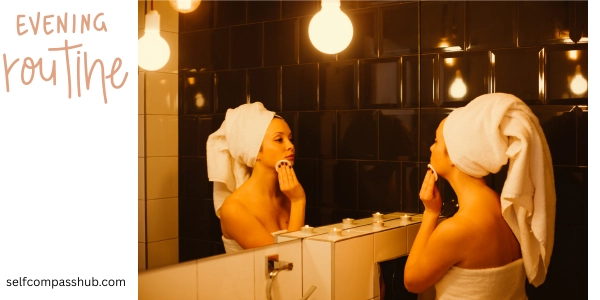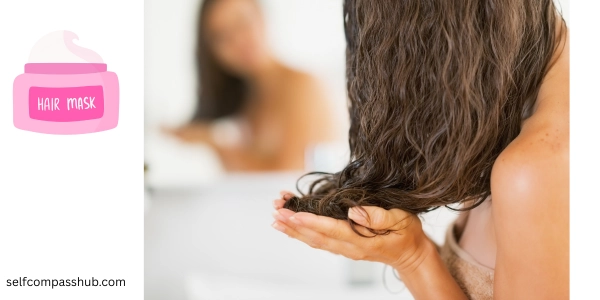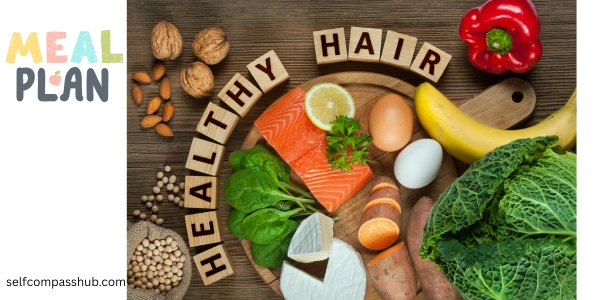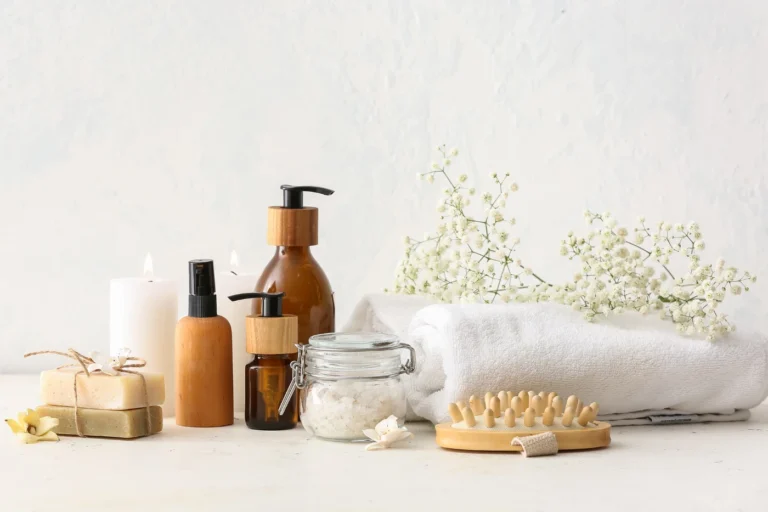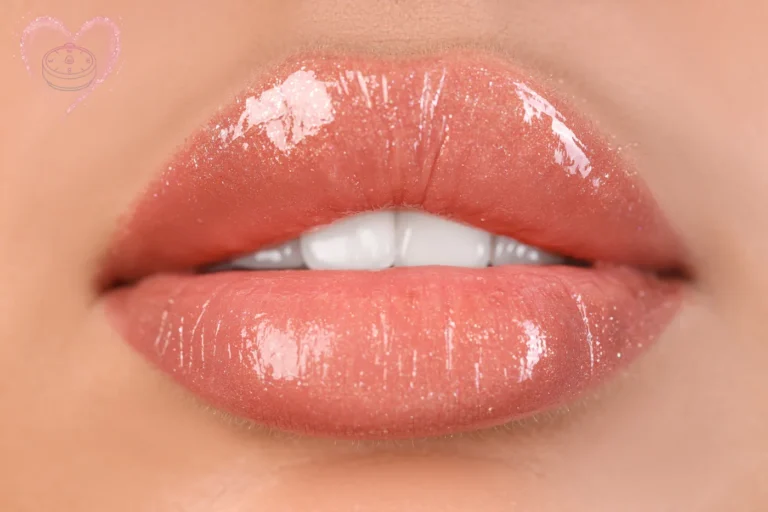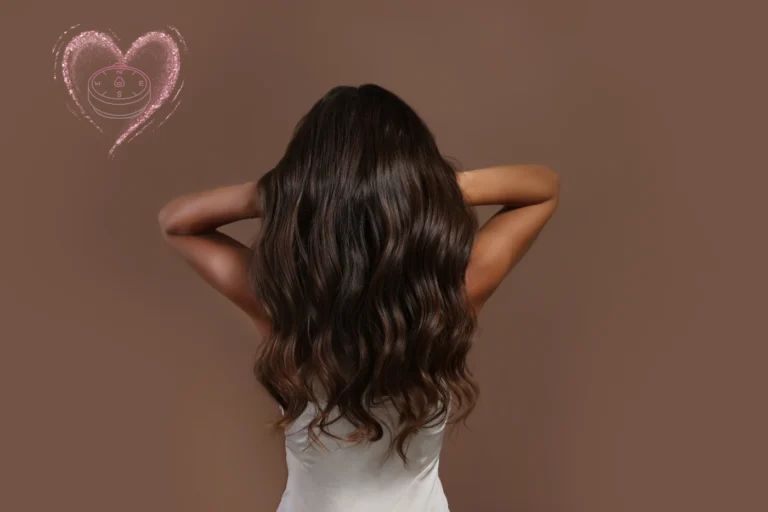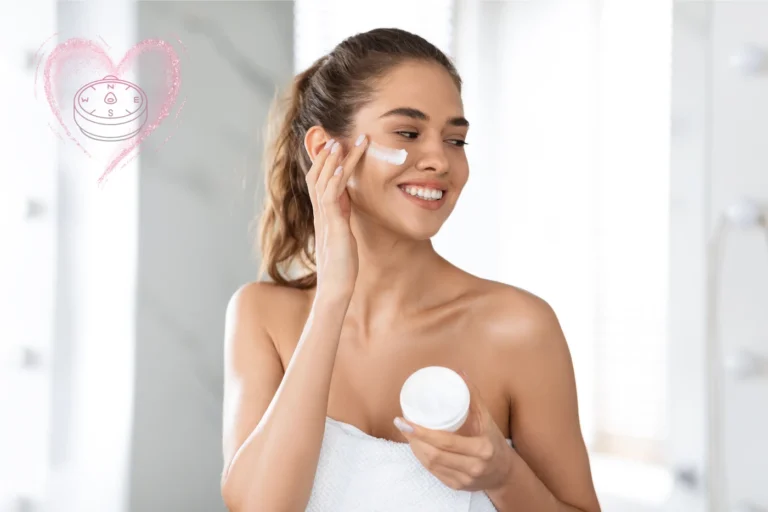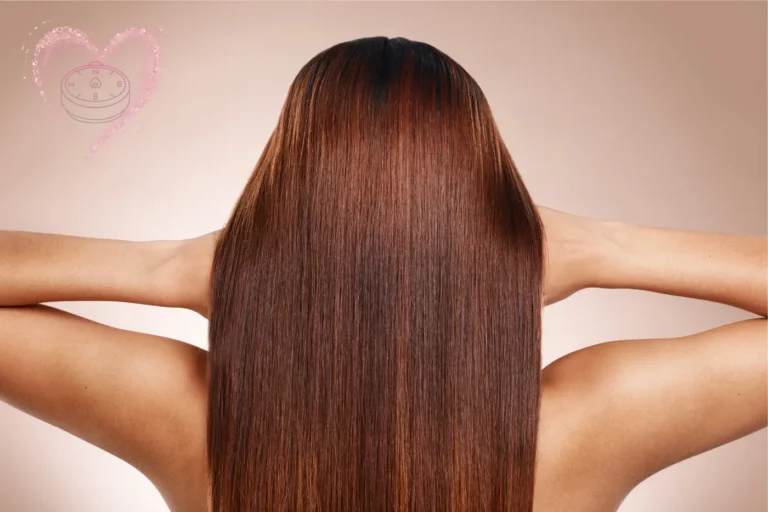In a world filled with styling tools, chemical treatments, and environmental stressors, maintaining healthy hair can feel like a full-time job. But it doesn’t have to be complicated! This guide breaks down essential hair care practices into simple, actionable steps that can easily fit into your daily routine.
Understanding Your Hair Type
Before diving into specific tips, it’s important to understand your unique hair type and needs:
|
Hair Type |
Characteristics |
Special Needs |
|---|---|---|
|
Fine Hair |
Thin strands, lacks volume |
Volumizing products, minimal oils |
|
Thick Hair |
Dense strands, fuller appearance |
Deep moisturizing, heavier products |
|
Curly Hair |
Spiral or coil patterns |
Extra hydration, anti-frizz care |
|
Straight Hair |
No natural bend or curl |
Oil control, occasional texturizing |
|
Oily Scalp |
Shiny roots, frequent greasing |
Balancing products, more frequent washing |
|
Dry Scalp |
Flaky, tight feeling |
Gentle cleansing, extra moisture |
Morning Routine Essentials
1. Mindful Washing
- Wash your hair 2-3 times per week rather than daily (adjust based on your scalp’s oil production)
- Use lukewarm water (hot water strips natural oils)
- Apply shampoo primarily to your scalp, using gentle massage motions
- Focus conditioner on mid-lengths to ends, avoiding the scalp if you have oily tendencies
2. Smart Product Selection
- Choose sulfate-free shampoos to maintain natural moisture
- Look for conditioners with natural ingredients like aloe vera, argan oil, or shea butter
- Consider your specific hair concerns (volumizing, moisturizing, color protection)
- Rotate clarifying shampoo once every 2-3 weeks to remove buildup
3. Gentle Drying Techniques
- Blot hair with a microfiber towel or cotton t-shirt instead of rough rubbing
- Allow hair to air-dry whenever possible
- If using heat tools, always apply a heat protectant first
- Blow-dry on the lowest effective heat setting, keeping the dryer moving
Evening Hair Care
1. Protective Styling
- Use loose, non-damaging hairstyles for sleeping (loose braid or bun)
- Consider a silk or satin pillowcase to reduce friction
- Use soft scrunchies or spiral hair ties instead of elastic bands
2. Overnight Treatments
- Apply a leave-in conditioner or hair oil to ends before bed once a week
- For deep hydration, use a weekly hair mask or deep conditioning treatment
- For very dry hair, consider “slugging” with a light oil on ends
Weekly Hair Care Rituals
1. Deep Conditioning
- Use a deep conditioner or hair mask once a week
- Apply to damp hair and leave on for the recommended time
- For extra effectiveness, cover with a shower cap to trap heat
PRO TIP: For an intensive treatment, warm your hair mask slightly before application or use your blow dryer on low heat for 1-2 minutes after applying to enhance penetration.
2. Scalp Care
- Give yourself a 5-minute scalp massage to stimulate blood flow
- Consider a weekly scalp treatment if you have specific concerns
- Use a soft scalp brush in the shower to gently exfoliate
3. Heat-Free Styling
- Designate at least 2-3 days a week as “heat-free” days
- Experiment with heatless styling methods like braids, twists, or buns
- Use styling products designed for air-drying to enhance natural texture
Nutrition & Lifestyle Factors
1. Hair-Healthy Diet
- Increase protein intake (hair is made of keratin, a protein)
- Consume foods rich in biotin, vitamins A, C, D, E, and zinc
- Stay hydrated! Drink plenty of water throughout the day
Top 5 Foods for Hair Health:
- Eggs (protein & biotin)
- Fatty fish (omega-3s)
- Berries (antioxidants)
- Spinach (folate, iron, vitamins A & C)
- Nuts & seeds (vitamin E, zinc, selenium)
2. Supplements for Support
- Consider supplements like biotin, collagen, or a hair-specific multivitamin
- Always consult with a healthcare provider before starting supplements
3. Stress Management
- Practice stress-reduction techniques (yoga, meditation, deep breathing)
- Get adequate sleep (7-9 hours is recommended)
- Exercise regularly to improve circulation, including to your scalp
Seasonal Adjustments
Summer Hair Care
- Use UV protection products to prevent sun damage
- Rinse hair after swimming in pools or ocean
- Increase conditioning to combat dryness from sun exposure
Winter Hair Care
- Use more moisturizing products to combat indoor heating
- Consider a humidifier in your bedroom
- Wear protective styles under winter hats
Troubleshooting Common Issues
Dealing with Frizz
- Use anti-frizz serums or oils on damp hair
- Apply leave-in conditioner before going out in humid weather
- Consider a keratin treatment for persistent frizz
Managing Split Ends
- Schedule regular trims every 8-12 weeks
- Apply end sealer products between cuts
- Minimize heat styling and rough brushing
Combating Flat Hair
- Try volumizing products at the roots
- Consider switching to a lighter conditioner
- Use dry shampoo for instant lift
Minimalist Hair Care Routine
If you’re short on time, focus on these non-negotiables:
- Gentle cleansing with appropriate products
- Regular conditioning
- Minimal heat styling with heat protection
- Regular trims
- Nighttime protection (silk pillowcase or loose braid)
Final Thoughts
Remember that healthy hair is a journey, not a destination. Be patient as you implement these changes – it can take several weeks to see noticeable improvements. Listen to your hair’s needs, which may change with seasons, stress levels, and age.
The most sustainable routine is one that you can consistently maintain, so start small and gradually incorporate new practices.
Your Healthy Hair Timeline:
- Week 1-2: Reduced breakage
- Month 1: Improved shine
- Month 3: Noticeable strength improvement
- Month 6+: Significant overall health change
What’s your biggest hair care concern? Start by addressing that specific issue first, then expand your routine as needed. Your path to strong, healthy, and shiny hair begins with consistent, mindful care!
Did you find this guide helpful? Share your hair journey with us in the comments below!


